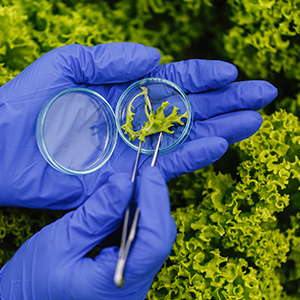
The useful life of aproduct ranges from product development to product decline, either through loss of product properties or deterioration of product components.
CETECE specializes in life cycle studies that not only include durability studies, but we also reformulate products for increase its shelf life, thus extending consumption time, and consequently customer satisfaction. In addition, the producer will obtain higher profits, since your products can be on sale for a longer period of time, in perfect condition, and you will not have to discard and replenish them as quickly.
We provide our partner companies with a pilot R&D&I plant equipped with climatic humidity-temperature chambers to simulate product aging over time or to accelerate this process by forcingtemperature climatic chambers that allow us to simulate the aging of products over time or to accelerate this process by forcing the conditions of storage or transport. In this way, we can check first-hand and in record time the useful life cycle of the products.
Thanks to the technique of accelerating chemical and enzymatic reactions that alter food, we are able to estimate the shelf life of products in a short period of time, providing valuable information for producers and ensuring that consumers receive products in their best condition.
We are committed to maximizing the useful life of products, offering precise and tailored solutions that benefit both producers and consumers. as well as consumers. To determine the shelf life of products, we use a variety of indicators that address multiple aspects: